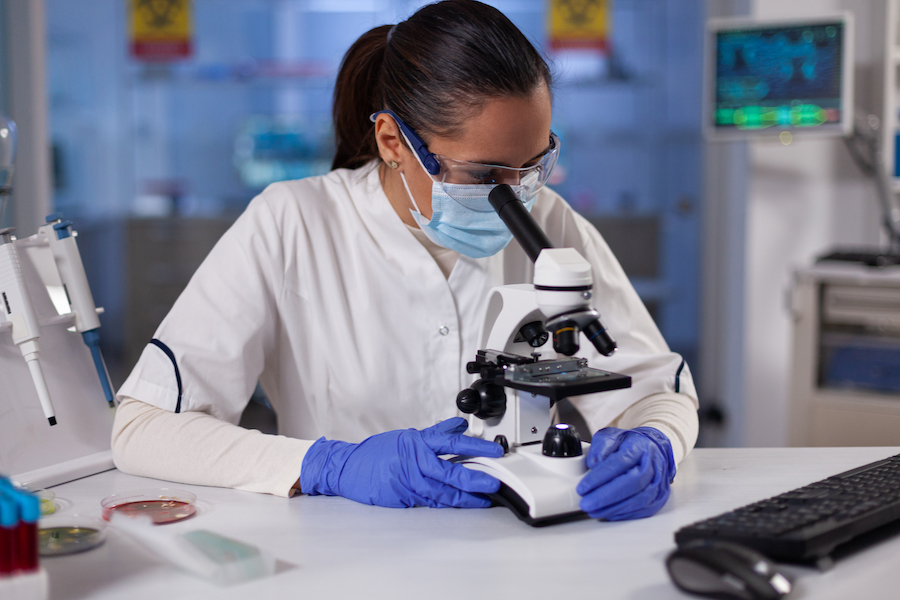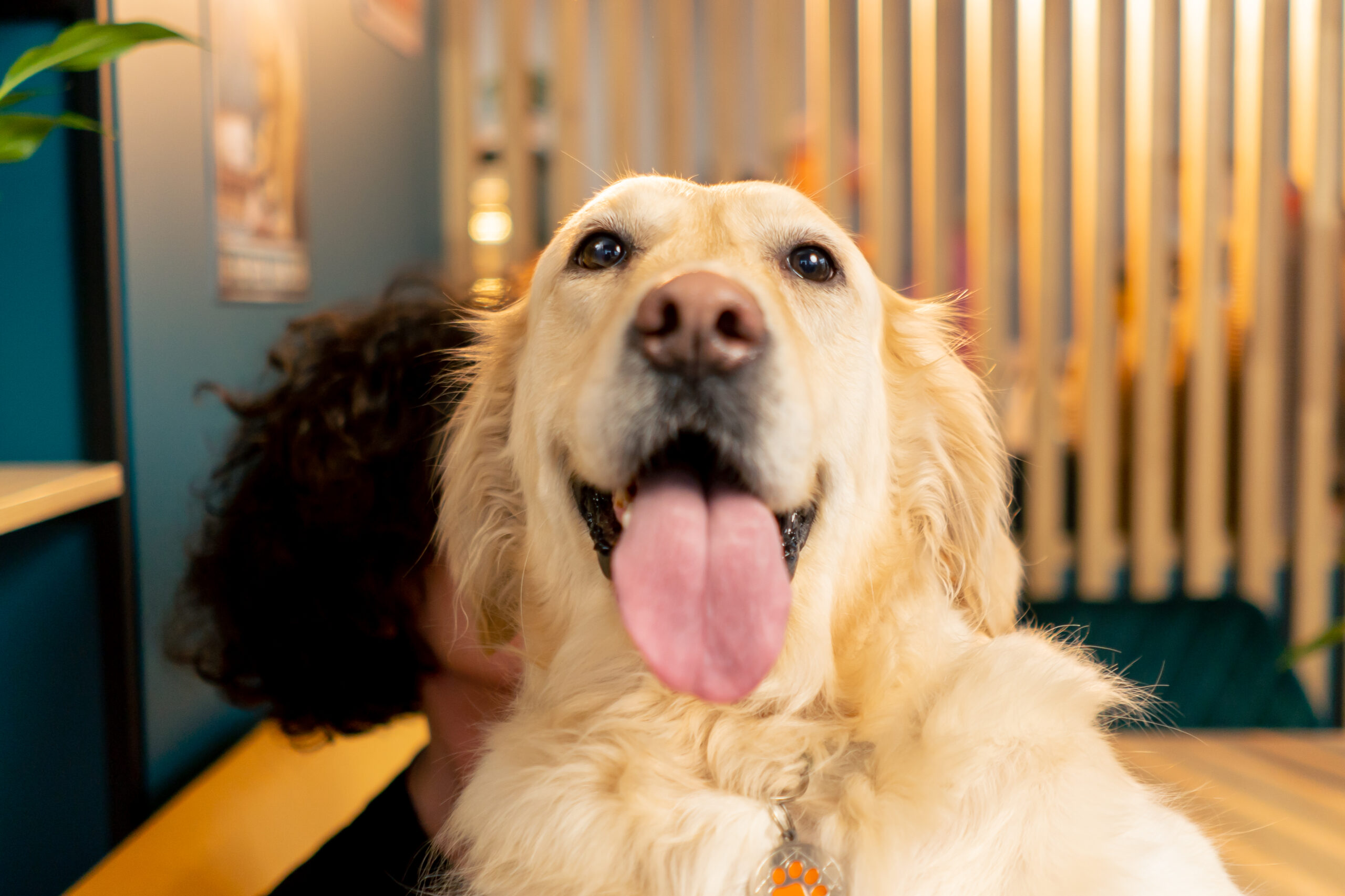After the samples are collected, we need to extract the DNA from the cells, and we do that through a purification process, where basically we get rid of every part of the cell that doesn’t include genetic material. We get rid of the cell walls, the cell organs, and everything that’s not part of the DNA, and this process takes the raw biological material all the way to pure DNA. Now, once we have this pure DNA we can’t go straight to testing, first we need to go through what we call an amplification process. Basically, what this does is it takes the DNA we collectedand effectively copies it tens of thousands of times. The reason we need to do this is when we want to assess this DNA, it’s so much easier to look at if the files are really big, versus if we are looking at a fractional percentage of that. After the amplification process that’s when the magic begins to happen, where we u se a n umber o f technologies available to basically break the code within the DNA.
TDJ: Robert, if I’m a breeder, and I get my dogs genetically tested, and they test clear of any genetic diseases, does that mean they are automatically good breeding stock?
DRW: Excellent question! Something to think about in regards to genetic testing is it’s still in its infancy, in terms of what we know and understand. Maybe at some point down the road we’ll be able to use genetic testing to find out everything we need to know about that dog, but we’re not there yet. I often say genetic testing is just one part of the evaluation you need to do to decide whether the dog or puppy in question is potentially good breeding stock. You as the breeder still have a lot of understanding and experience as far as traits, behavior, and so forth. You’re the one that has to be evaluating that and making decisions. When you look at the complete picture, the genetics, the hip and heart history, behavior, intelligence, traits, and you use wisdom in breeding, the likelihood of producing another good dog or puppy is high.
TDJ: What is the most common myth that you run into as a vet regarding genetic testing?
DRW: One of the most common myths I run into is that blood is better than saliva, which is not true. That was the case in years prior, but with the advancement of technology this is a very accurate way of testing today. Like I mentioned above, another thing to be clear on is that genetic testing is only a part of your breeding program, not the complete story. Just because you have genetically cleared your dogs does not give you a free pass, and does not mean that you shouldn’t do hip and heart testing etc.












